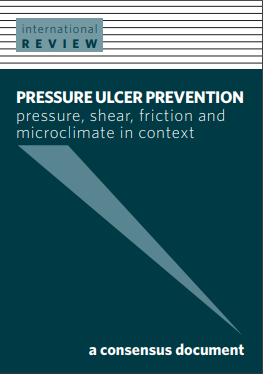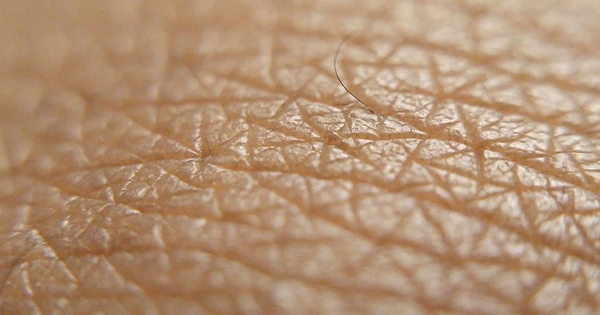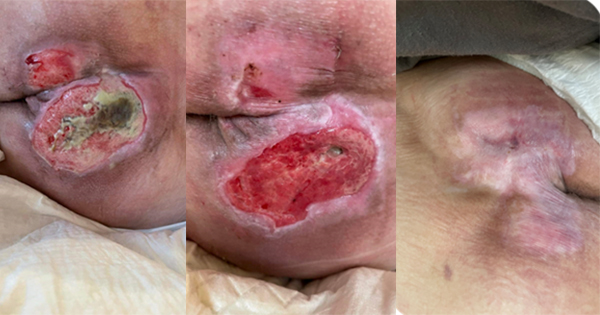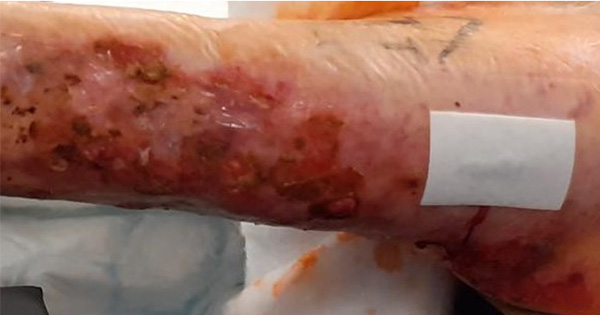This document looks at pressure, shear, friction and microclimate with the aim of building understanding of each extrinsic factor.
The concepts involved in understanding pressure, shear, friction and microclimate and their synergistic actions in the formation of pressure ulcers are complex. As a result, the expert working group involved in producing Pressure ulcer prevention: prevalence and incidence in context proposed a new document to aid understanding of these extrinsic factors.
This new project tackles each extrinsic factor individually. The development of this document involved a process of writing and text review by the expert working group and revision by the authors. It culminated in consensus with sign off from each of working group member and author.
The three papers – Pressure in context, Shear and friction in context, and Microclimate in context all follow a similar structure.
Each paper starts by defining the relevant extrinsic factor and how individually they contribute to the aetiology of pressure ulcers. The relationship between the factors are explained and emphasised, and the evidence for the role of the factors in the development of pressure ulcers is discussed. The latter sections of the three papers describe how patients at risk from each extrinsic factor can be identified. The papers then explain the types of and rationale for the clinical interventions that aim to prevent or ameliorate the adverse effects of each of the extrinsic factors discussed
This consensus document shows that there are some important underlying principles for preventing pressure ulcers resulting from the extrinsic factors of pressure, shear, friction and microclimate. All clinicians should understand these principles and implement them in their daily practice.
Supported by KCI – An Acelity Company





